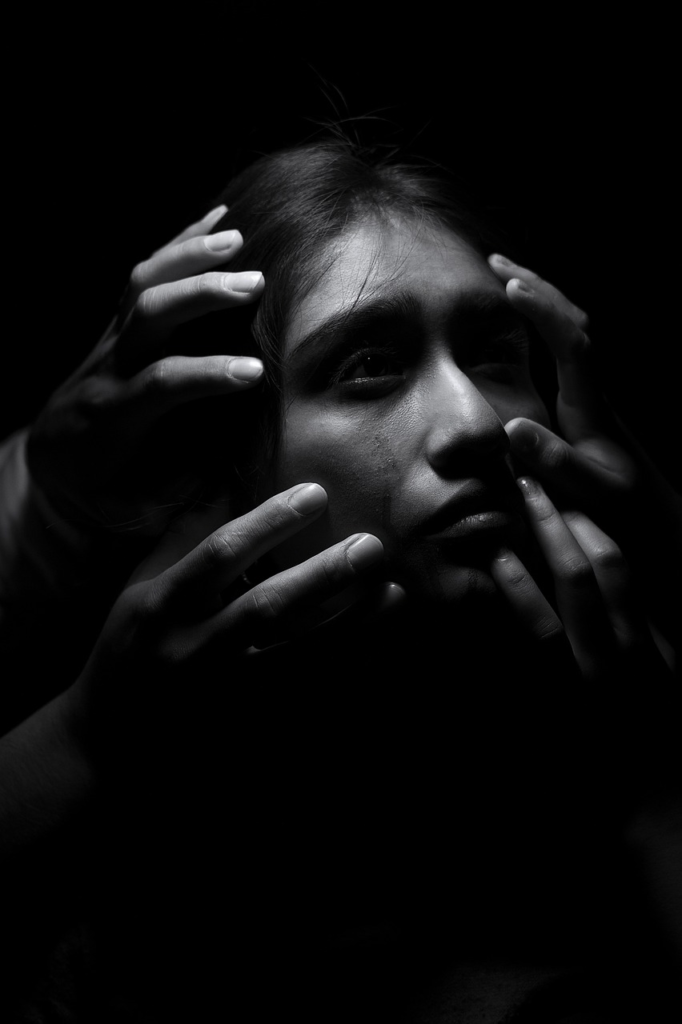Did you miss me? Of course, you did! Vacations are a magical little word, aren’t they? Full of promise, relaxation, and maybe a few too many cocktails. But alas, all good things must come to an end. So, here I am—back and ready to dive into what truly matters: you, my fabulous readers! Let’s get to it, shall we? 🚀✨
Ah, the golden years—a time for savoring life’s rich tapestry, indulging in new adventures, and, let’s be honest, occasionally misplacing your reading glasses. But what happens when the serenity of this stage is overshadowed by an uninvited guest: anxiety?
Yes, even in our fifties, sixties, and seventies, anxiety can sneak in like a party crasher, disrupting our peace. But fear not, dear reader, for we’re about to embark on a journey to understand and conquer this pesky intruder.
Anxiety in Older People: More Common Than You Think
First off, let’s debunk a myth: anxiety isn’t just for the young and restless. In fact, anxiety disorders are the most widespread mental health condition among older adults, affecting up to 20% of those aged 65 and above. Surprised? You’re not alone. Many in our age bracket don’t recognize the toll anxiety takes, often brushing it off as mere “worry” or “stress.” But when these feelings start interfering with your daily life—disrupting sleep, dampening your zest for activities, or causing physical symptoms like a racing heart—it’s time to pay attention.
Why Now? Triggers of Anxiety in the Golden Years
Life has a way of throwing curveballs, and as we age, these can come in various forms:

- Health Concerns: Chronic conditions such as heart disease, diabetes, or respiratory issues can be a constant source of worry. The physical symptoms of these ailments often mimic anxiety, creating a vicious cycle.
- Loss and Grief: The passing of friends, family, or a spouse can lead to profound grief, sometimes triggering anxiety. It’s not just the loss itself but the adjustment to a new way of life that can be daunting.
- Financial Worries: Retirement should be a time of relaxation, but concerns about outliving savings or unexpected expenses can keep you up at night. Even with a comfortable nest egg, the fear of economic downturns can loom large.
- Social Isolation: As children move away and social circles shrink, feelings of loneliness can creep in, leading to increased anxiety. Human connection is vital, and its absence can be deeply felt.
Spotting the Signs of Anxiety in older People: Is It Just Worry or Something More?
Recognizing anxiety is the first step toward managing it. Here are some telltale signs:
- Persistent Worry: Constantly fretting over everyday matters, even when there’s no immediate threat.
- Physical Symptoms: Muscle tension, headaches, gastrointestinal issues, or a pounding heart without a clear medical cause.
- Sleep Disturbances: Trouble falling asleep, staying asleep, or waking up feeling unrested.
- Avoidance Behavior: Steering clear of social situations or activities you once enjoyed due to fear or apprehension.
If any of these resonate with you, it’s essential to acknowledge them. Remember, seeking help is a sign of strength, not weakness.
Taming the Anxiety Beast: Strategies for Serenity
Now, let’s dive into some practical steps to keep anxiety at bay:
- Stay Active: Regular physical activity isn’t just for maintaining a svelte figure; it boosts mood and reduces anxiety. Whether it’s a brisk walk, yoga, or dancing around the living room to your favorite tunes, movement is medicine.
- Mindfulness and Meditation: Embrace the present moment. Practices like meditation can help center your thoughts and reduce the constant chatter of worry. Start with just a few minutes a day and build up.
- Limit Stimulants: That extra cup of coffee might seem tempting, but caffeine can exacerbate anxiety. Opt for herbal teas or decaf options when possible.
- Stay Connected: Nurture your social ties. Regular chats with friends or family, joining clubs, or even volunteering can provide a sense of purpose and community.
- Seek Professional Help: There’s no shame in talking to a therapist or counselor. Cognitive-behavioral therapy (CBT) has been shown to be particularly effective in managing anxiety in older adults.
- Medication: In some cases, medication might be necessary. Always consult with a healthcare provider to discuss the best options tailored to your needs.
Embrace the Journey, Warts and All
Aging is a beautiful, messy, and unpredictable journey. While anxiety can be a part of it, it doesn’t have to define your experience. By acknowledging its presence and taking proactive steps, you can reclaim your peace and continue to live life with the vibrancy and enthusiasm that has brought you this far.
Remember, it’s okay to ask for help, to lean on others, and to prioritize your well-being. After all, life’s too short to let anxiety steal the spotlight. So, take a deep breath, put on your favorite tunes, and dance like nobody’s watching—because this is our time to shine.




